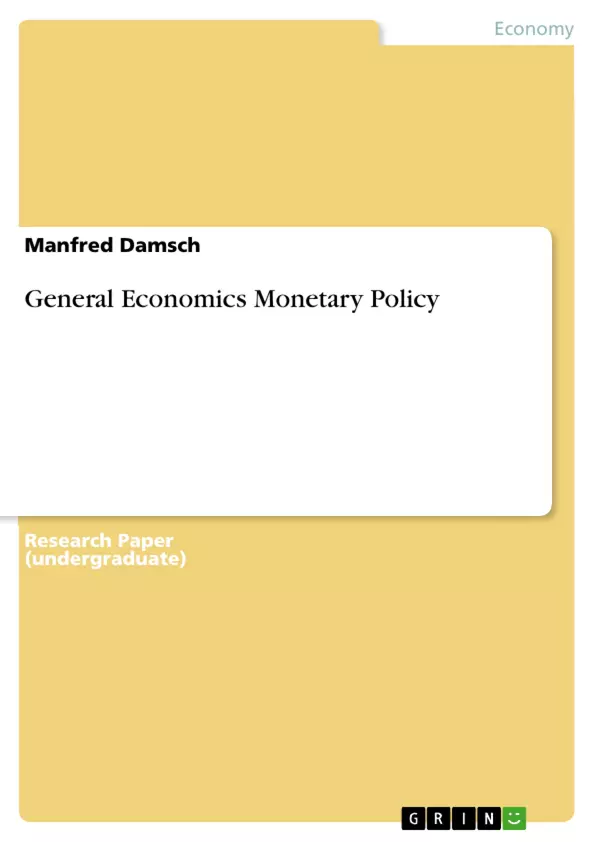For now more than 6 years, starting in 2002, the US-Dollar continuously depreciates in relation to the Euro but also in relation to other strong currencies in the world. The European System of Central Bank can help the dollar but not without affecting the Euro. A stable Euro with low and constant inflation of 2% is the main objective of the ECB and fixed in their statutes. The depreciation of the dollar can be blended by depreciating the Euro in the same relation but that won’t help for long. The impacts on the domestic economy which consists of a range of multicultural states within the Euro Area would be unpredictable. At least high Inflation to the Euro would follow – with negative side effects to the European countries. Even if a weaker Euro (or stronger Dollar) would help the German exporters the problem of the Dollar is not caused by the strong Euro. Germany is still leading in foreign trade and increases its net-export even though the Euro gets stronger. Since more than 20 years the USA have increased their trade-deficit year on year. The solution for the weak dollar is not a weak Euro. Beside the trade-deficit the enormous costs for military interventions also charge the government budget and lately the population by inflation tax.
Inhaltsverzeichnis (Table of Contents)
- Executive Summary
- List of Figures
- List of Abbreviations
- Table of Contents
- Introduction
- The European Central Bank
- The objective of the European Central Bank
- Instruments of the ECB and the mechanisms of action
- The Market of Foreign Currency Exchange
- Impact of Exchange Rates to the Economy
- Measures and Policies against Currency Depreciation
- External Measures (monetary policy) against currency depreciation
- Possible reasons for US Dollar depreciation
- Conclusion
- Bibliography
- Appendix 1 - ITM Checklist
Zielsetzung und Themenschwerpunkte (Objectives and Key Themes)
This document examines the depreciation of the US Dollar against the Euro and other strong currencies since 2002. It analyzes the potential impact of this depreciation on the European economy and the role of the European Central Bank (ECB) in mitigating its effects. It particularly explores the complexities of monetary policy in the context of a stable Euro and the need to maintain low inflation.
- The impact of the US Dollar depreciation on the European economy
- The role of the ECB in maintaining a stable Euro and low inflation
- The challenges of managing the Eurozone in the face of currency fluctuations
- The potential impact of a weaker Euro on exports and domestic economic growth
- The causes of the US Dollar depreciation and potential solutions
Zusammenfassung der Kapitel (Chapter Summaries)
The Introduction sets the context by highlighting the continuous depreciation of the US Dollar against the Euro since 2002. It explores the implications of this trend on international trade and the potential impact on European exports.
The chapter on the European Central Bank discusses the ECB's primary objective of maintaining a stable Euro with low inflation. It examines the various instruments and mechanisms employed by the ECB to achieve these goals.
The chapter on the Market of Foreign Currency Exchange explores the influence of exchange rates on the economy. It analyzes the impact of currency depreciation on imports and exports, and examines measures and policies implemented to mitigate currency depreciation.
Schlüsselwörter (Keywords)
The key concepts and terms explored in this document include: US Dollar depreciation, Euro stability, European Central Bank, monetary policy, inflation, exchange rates, foreign trade, net exports, and trade deficit.
- Quote paper
- Manfred Damsch (Author), 2008, General Economics Monetary Policy , Munich, GRIN Verlag, https://www.grin.com/document/162450



